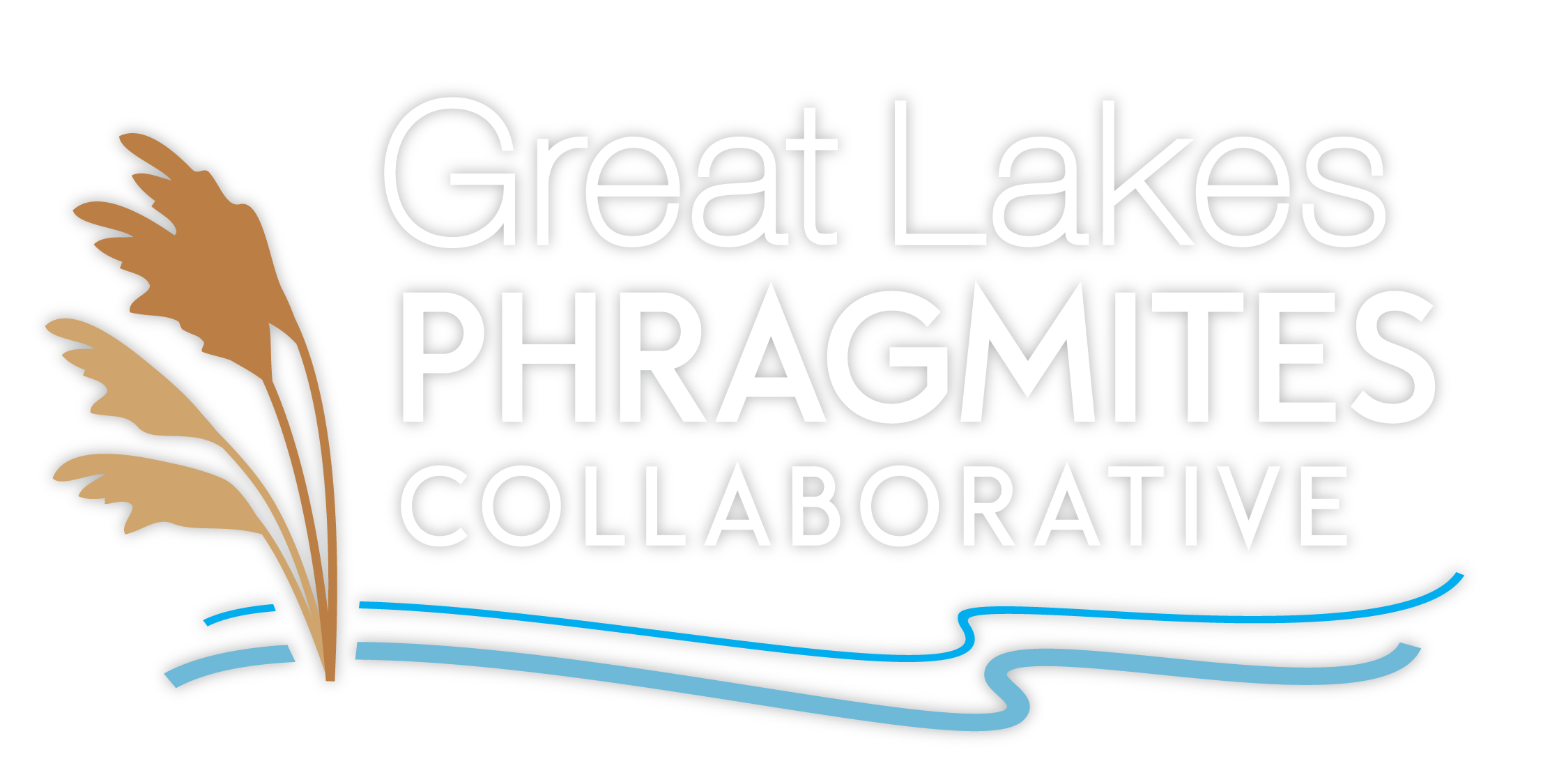by Phrag Editor None | Oct 17, 2022 | Blog
October 21, 2022 – Taaja Tucker-Silva, U.S. Geological SurveyIn the spirit of the spooky season, we wanted to highlight a commonly observed Phrag Phenomenon: witches’ broom!What is witches’ broom?Witches’ broom, or ‘hexenbesen’ in German, is a plant deformity... Continue Reading
Filed under: Botany monitoring Phragmites Plant stress Witches broom
by Samantha Tank | Jul 20, 2017 | Blog
Jennifer A. JungEmail author Daniel Rokitnicki-Wojcik Jonathan D. Midwood Abstract Non-native Phragmites australis ssp. australis (hereafter Phragmites) is well-established and spreading at the Long Point Peninsula. It is threatening biodiversity, making it a high... Continue Reading
Filed under: boosted regression tree National Wildlife Area Phragmites spatial analysis spread
